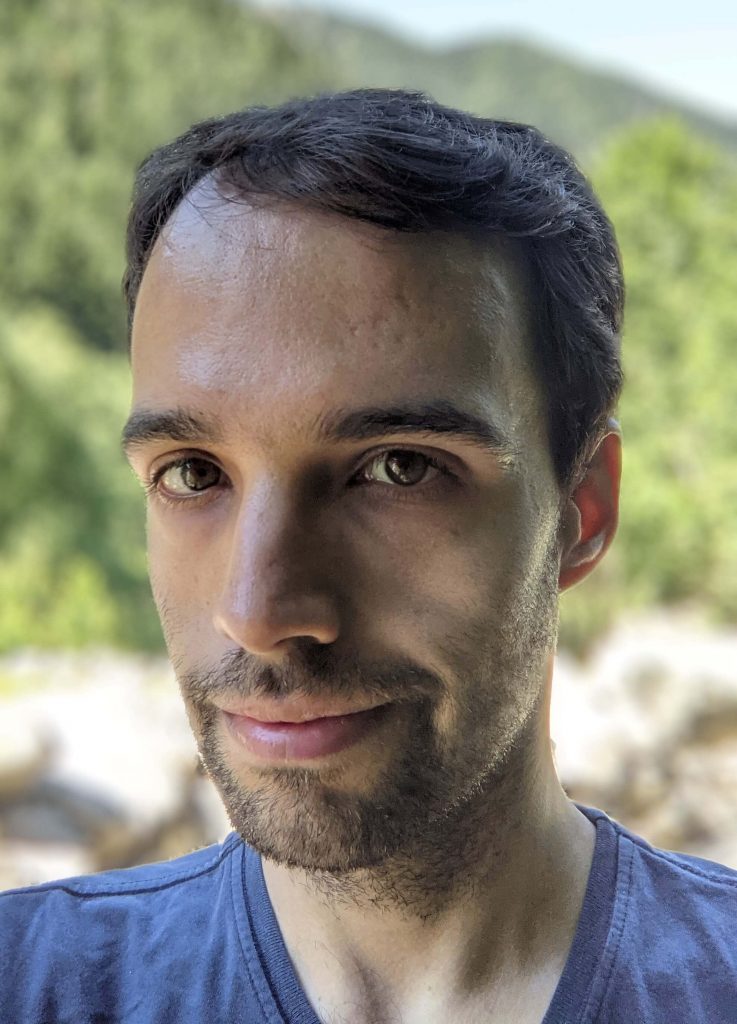COLLOQUIUM 2021
Translating between the two languages of quantum field theory
| Speaker | Djordje Radicevic Brandeis University, Waltham, Massachusetts, USA |
| Host | Lee Ching Hua |
| Date | Thu, 16 Sept @ 4.30 PM |
| Zoom registration link | https://nus-sg.zoom.us/meeting/register/tZIsc-CurjIiHddUFeq88iimb2yNvDDaF49n |
Abstract
Quantum field theory (QFT) was originally developed as a set of rules describing elementary particles moving at relativistic speeds. It worked — often to unprecedented accuracy. QFT has since outgrown its initial remit and found uses in many areas of physics, mathematics, chemistry, and computer science. At its core, it is now a framework for studying systems with many degrees of freedom and finding simple, effective descriptions of their correlations, phase transitions, and other collective phenomena.
Perhaps surprisingly, theoretical physicists today use two fundamentally different approaches to QFT, much like two people may use different languages to describe the world. The continuum approach, based on analysis and differential geometry, is usually used in particle physics, string theory, and cosmology. The lattice approach, based on algebra and discrete mathematics, is more often seen in condensed matter, statistical mechanics, quantum information science, and in various numerical simulations. We know relatively little about the dictionary between the lattice and continuum “languages,” even though they can often describe the same physical phenomenon, such as the collision of two particles or the onset of superconductivity. In this talk I will describe a new and very general way to write such a dictionary. This formalizes decades of intuition, leads to long-sought mathematically rigorous definitions, and provides new insights into phase diagrams, dualities, and inherent limitations of well known examples of QFTs. Perhaps most importantly, this dictionary opens the door to realizing many QFTs as finite quantum systems that can be numerically or experimentally simulated.
References
- Đ. Radičević, The Ultraviolet Structure of Quantum Field Theories. Part 1: Quantum Mechanics. arXiv:2105.11470
- Đ. Radičević, The Ultraviolet Structure of Quantum Field Theories. Part 2: What is Quantum Field Theory? arXiv:2105.12147
- Đ. Radičević, The Ultraviolet Structure of Quantum Field Theories. Part 3: Gauge Theories. arXiv:2105.12751
Biography

Dr. Djordje Radicevic received a PhD in theoretical high energy physics from Stanford University in 2016 under the supervision of Profs. Herman Verlinde (Princeton) and Stephen Shenker (Stanford). From 2016 to 2019 he was a postdoctoral fellow at the Perimeter Institute for Theoretical Physics, and since 2019 he has been a Simons Foundation “It from Qubit” postdoctoral scholar based at Brandeis University.
Dr. Radicevic is broadly interested in fundamental aspects of quantum field theory, from its connections to basic mathematics and quantum gravity to its applications in condensed matter and quantum information science. His research aims to unify seemingly disparate ideas, theories, and disciplines. His doctoral work on Chern-Simons-matter dualities spearheaded a wave of joint high energy/condensed matter research that to this day continues to shed new light on the quantum Hall effect and related strongly coupled phases of matter. His further work led to new mathematical systematizations of many known dualities as well as the derivation of new exact dualities, the most important being a powerful higher-dimensional generalization of the famous Jordan-Wigner transformation (joint work with Y.-A. Chen and A. Kapustin).
His current research efforts focus on the correspondence between lattice and continuum quantum field theories. His recent work provides a new, mathematically rigorous foundation of quantum field theory — an issue at the core of one of the Clay Mathematics Institute’s Millennium Problems — while at the same time showing how many well known quantum field theories may be precisely expressed as discrete, numerically simulable models.
In his free time, Djordje enjoys exploring new places, reading, learning languages, and playing/solving/occasionally creating various games and puzzles.
